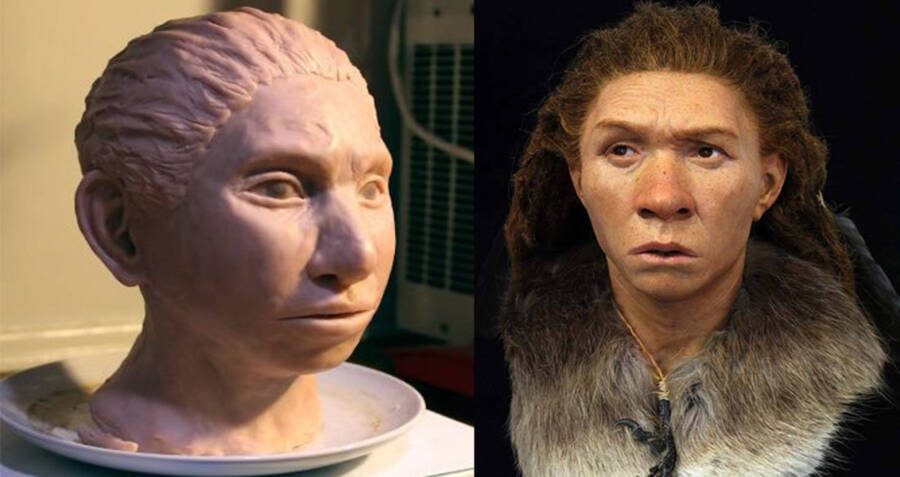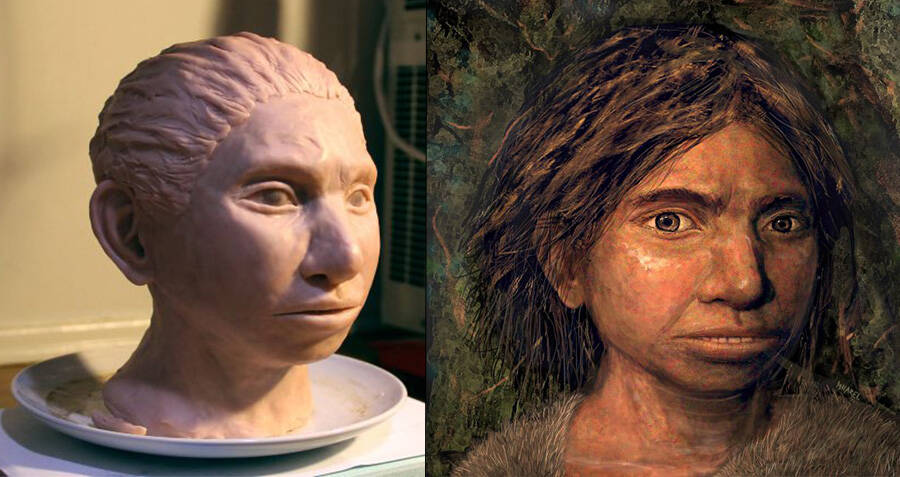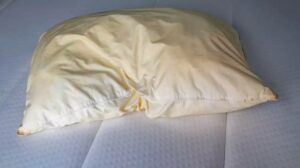Unveiled: The Astonishing Appearance of Our Elusive Denisovan Ancestors from 75,000 Years Ago
Before this research, not much was known about our Denisovan ancestors, mostly because researchers have only discovered a few fragmented remains. Besides the pinky finger, scientists also uncovered a jawbone and teeth but have yet to recover a complete skeleton.
What we do know, however, is that the Denisovans walked the earth up until some 15,000 years ago alongside the Neanderthals. Though physically similar, these two human species were genetically distinct.
Scientists believe that their genetic lineage split from their nearest common ancestor more than 500,000 years earlier. We know there was interspecies mating between these two hominins in the areas which now span from Siberia to Southeast Asia. This hybrid genetic line is still detectable in some populations today.

Maayan Harel/Royal Pavilion & Museums/Brighton & HoveThe reconstructed faces of a Denisovan (left) and a Neanderthal (right).
The accuracy of the study’s reconstruction prediction was tested again in May 2019, when a separate team of researchers identified a Denisovan jawbone for the first time. When Gokhman’s team compared their reconstruction to the discovered jawbone’s anatomy, they found that seven out of eight of their predictions matched the actual bones.
“The only true test of our predictions is to find more Denisovan bones and match them,” Gokhman said.
While this study is significant as the first reconstruction of the Denisovan species, it is not the first to have figured out what ancient humans possibly looked like. In 2018, scientists reconstructed a full-body model of a Neanderthal (based on 40,000-year-old bones found in Belgium) and Cro-Magnon, or an early modern human, species.












